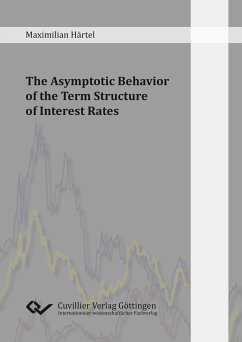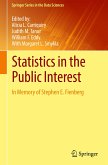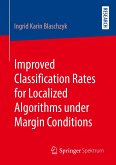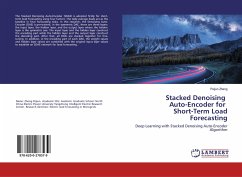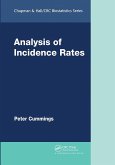Long-term interest rates are essential for the valuation and hedging of various fixed income products and derivatives as well as for the pricing of payments in a distant future, such as long-term infrastructure projects or compensatory adjustments in the course of an accident or a divorce. In the aftermath of the 2008 financial crisis the modeling of interest rate curves with a long time horizon became more and more important due to increased investments in long-term products. Therefore, the study of the asymptotic behavior of the term structure of interest rates has recently achieved new relevance. In this dissertation we investigate long-term interest rates, i.e. interest rates with maturity going to infinity, in the post-crisis interest rate market. Three different concepts of long-term interest rates are considered for this purpose: the long-term yield, the long-term simple rate, and the long-term swap rate. We analyze the properties as well as the interrelations of these long-term interest rates. In particular, we study the asymptotic behavior of the term structure of interest rates in some specific models. First, we compute the three long-term interest rates in the HJM framework with different stochastic drivers, namely Brownian motions, Lévy processes, and affine processes on the state space of positive semidefinite symmetric matrices. The HJM setting presents the advantage that the entire yield curve can be modeled directly. Furthermore, by considering increasingly more general classes of drivers, we were able to take into account the impact of different risk factors and their dependence structure on the long end of the yield curve. Finally, we study the long-term interest rates and especially the long-term swap rate in the Flesaker-Hughston model and the linear-rational methodology.
Hinweis: Dieser Artikel kann nur an eine deutsche Lieferadresse ausgeliefert werden.
Hinweis: Dieser Artikel kann nur an eine deutsche Lieferadresse ausgeliefert werden.

